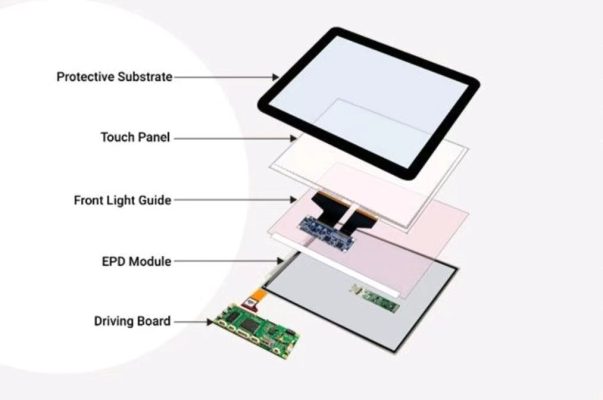Touchscreen News
Optical Coatings for Touchscreen Devices
Touchscreen devices typically feature either resistive or capacitive touch-sensing technology. We’ve talked about this before on our blog, but it’s worth mentioning again that resistive touchscreen devices identify touch by pressure, whereas capacitive touchscreen devices identify touch by measuring the chance in capacitance. While both methods can be used to correctly identify touch, there are subtle nuances between the two. But whether it’s capacitive, resistive or any other type of touch-sensing technology, nearly all touchscreen devices are made with a protective optical coating.
So, what exactly is an optical coating and how does it function on a touchscreen device? An optical coating is exactly what it sounds like: one or more layers of thin material that’s applied to an optical surface, such as a smartphone, tablet or other touchscreen device. Optical coatings serve many different purposes, beginning with protection.
Touchscreen devices receive a lot of use over the years, due largely to the fact that they are operated by touch. Constantly pressing your fingers against the surface of a touchscreen device will wear it down over time, but a protective optical coating can protect against this and other forms of wear. The optical coating creates a barrier of protection between the device itself and the human operator. It’s not a fool-proof way to prevent all forms of damage, but it can certainly prolong the life of a touchscreen device and improve its functionality in more ways than just one.
Another reason why touchscreen devices are equipped with optical coatings is to prevent, or at least minimize, fingerprints. Unless your touchscreen devices supports the use of a stylus, it will likely accumulate fingerprints. As fingerprints accumulate on the device, it may restrict or otherwise adversely affect basic touch commands. An optical coating, such as an oleophobic coating, helps to minimize fingerprints by creating an oil-proof barrier over the interface.
A third benefit of using an optical coating on a touchscreen device is its ability to prevent glare. Some optical coatings are designed specifically to reduce or prevent light reflection. It’s difficult to use a touchscreen device if it produces a blinding glare from a nearby light source, which is why many manufacturers of touchscreen device add an optical coating over the surface. Once applied, the coating prevents light glare and reflection from nearby sources.

